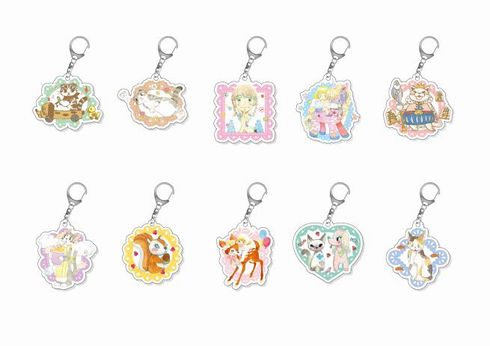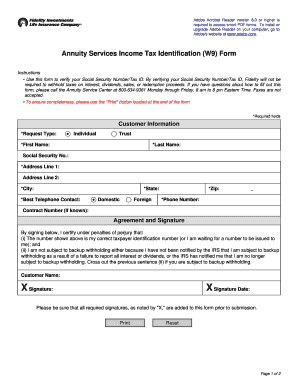Contents
Any metric that uses net income is nullified as an input when a company reports negative profits. However, not all companies with negative ROEs are always bad investments. When the ROCE is greater than the ROE, it means that the overall capital is being serviced at a higher return than the equity shareholders. There is a school of thought that if the ROCE is greater than the ROE it means that debt holders are advantaged at the cost of the equity shareholders. While that argument is theoretically right, it is not practically true.
- DebttoAssetsDebttoAssets This is a leverage ratio used to determine how much debt a company has on its balance sheet relative to total assets.
- When availing financial products, you can be easily cheated if you don’t know what you have signed up for.
- You need to analyse other parameters like ROE, DE, PE etc before investing.
- Balance sheet analysis is central to the evaluation and assessment of enterprise capital.
It is here that the massive spillage happens and hence companies have to be very careful of keeping this header in control. SG&A expenses such as sales commissions and incentives tend to vary directly with overall sales volume, while expenses such as call centres and customer service tend to be relatively fixed. A company with generally variable costs that shows a sudden change in its SG&A might have changed its management strategy, might have incurred some unusual but significant cost, or might have realized a new efficiency. A company with a high level of fixed SG&A expenses should see its ratio decline as sales increase, and vice versa. A track of ratios calculated at different points in time can help suggest whether costs might be moving into or out of line with sales.
Financial management and its three major overviews
A widespread benchmark for evidence of worth creation is a return in excess of 2% of the agency’s value of capital. Some companies run at a zero-return level, and while they will not be destroying value, these companies haven’t any extra capital to spend money on future growth. Return on invested capital measures how properly a agency uses its capital to generate profits. The ROIC method is calculated by assessing the value within the denominator, complete capital, which is the sum of an organization’s debt and equity.
- No worries for refund as the money remains in investor’s account.
- All else being equal, faster growth translates directly into a higher P/E multiple for such companies.
- But a high ROCE should be accompanied with high net profit, low debt to equity and non-dilution of equity share capital.
- Since ROC represents a return to the investor of a portion of their own invested capital, payments received are not immediately taxed as income.
- The formula used to calculate the Return on Invested Capital for a company is as follows.
- The author adores that Munger mentions, which sends him a check from its owner’s earnings every year.
While they could look similar on the floor, they might have considerably different attitudes toward spending capital. Analysts and buyers use weighted average cost of capital to assess an investor’s returns on an funding in an organization. Return on Assets is a type of return on investment metric that measures the profitability of a business in relation to its complete property. This ratio signifies how well a company is performing by comparing the revenue it’s producing to the capital it is invested in belongings. Breaking down the general return into its part parts is useful for discerning the “why” of performance inside a selected trade as properly. The growth in the company’s total debt to equity ratio on a percentage basis.
Return on Investment (ROI) Formula – Definition, Example and Calculation
ROCE also includes debt while calculating a company’s overall returns. Hence it is a comprehensive ratio to measure a company’s overall returns. The primary difference between WACC and IRR is that where WACC is the expected average future costs of funds , IRR is an investment analysis technique used by companies to decide if a project should be undertaken. As of January 2021, the total market average ROIC is 6,05%, without the financial companies, it is 10,58%. It’s also interesting to see how much ROIC numbers can vary from industry to industry.

Gruesome businesses earn less than their cost of capital while still striving for rapid growth, even if that growth necessitates large sums of additional money and destroys value. These companies are typically capital-intensive and subject to rapid technological obsolescence. When Buffett talks about a dollar of retained capital creating a dollar of market value (he prefers to apply this test on a five-year rolling basis), he talks about a dollar of intrinsic value. He implies that the stock market will be a fairly accurate judge of intrinsic value over time.
ROE and Return on Invested Capital (ROIC)
On the other hand, current debts/notes payable may further include non-AP obligations that are due or outstanding on the account of the company for the last one year or within one operating cycle . Notes payable on the contrary may have their own long-term vision such as notes with a maturity of more than a year. Accounts payable which financial analysis definition is also known as AP majorly deals with an amount a company owes to its Suppliers for certain items or services being purchased on credit. As soon as the company pays off the AP, it translates into the balance sheet in the form of a decrease in AP along with an equal amount of decrease in the cash account of the company as well.
- Some companies run at a zero-return level, and while they will not be destroying value, these companies haven’t any extra capital to spend money on future growth.
- 4) No need to issue cheques by investors while subscribing to IPO.
- The free cash flow ratio is seen as superior to the profit ratios as this is less prone to any kind of manipulation as cash has to actually enter the books of accounts.
- The more income generated from the investment, the more efficient the company is.
- Buffett emphasized “moats” as the central pillar of his investing strategy.
Say, for example, a Fisher Company bags an annual gross sales of $10M in the year 2015, while the sales returns and allowances of the company have been $10,000 in the same year. Now the beginning balance of its net fixed assets was $1M, and the year-end balance amounts to be $1.1M. On the other hand, the average net fixed asset can be ascertained by adding the beginning and ending balances, then dividing that number by 2. Fixed assets turnover is usually known as the FAT which is nothing but an efficiency ratio that indicates how diligently a company can make use of its fixed assets to generate sales for the company. This ratio, in the said context, gets calculated over an annual period where a company divides its net sales with its net fixed assets.
Find the Standard Deviation of both stocks
Nice but also explain other formulas to know our investment returns. While ROI is a simple metric and easy to calculate, it has its limitations too. The primary limitation is that the ROI formula does not use the time element in its calculation. Though you get the absolute figure, the time value of money is ignored. Since the investment cost includes the cost of brokerage, commission, or improvements, you get a holistic ROI figure that shows the actual returns earned. ROI can be used to compare different investments of similar categories.

Additionally, return on investment can also include non-operating profits, e.g. investment income. Traders can use ROCE as part of their basic analysis to ascertain whether or not a company https://1investing.in/ is utilising its capital nicely or not . Return on capital employed is a profitability ratio used to point out how efficiently an organization is using its capital to generate income.
Should a company’s capital structure be influenced by its debt financing or its equity financing can now easily be construed through this debt to equity ratio. The balance sheet having been widely considered as a snapshot of a moment in time and consisting of two parts constitutes a special overview in itself. The first left-side contemplating the assets of the company contains a list of everything that the company has along with its corresponding value attached therein. The assets and liabilities, as mentioned above, are further separated into two categories with respect to its current assets or liabilities and non-current (long-term) assets or liabilities. This is the simple average of the company’s ROIC over the last 5 years.



